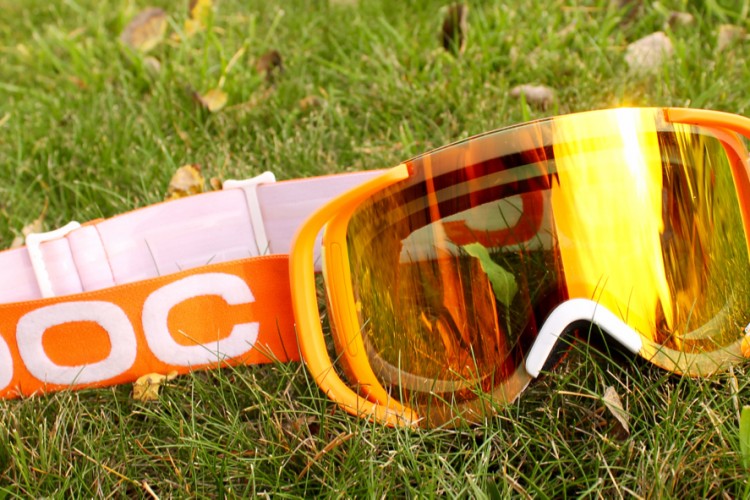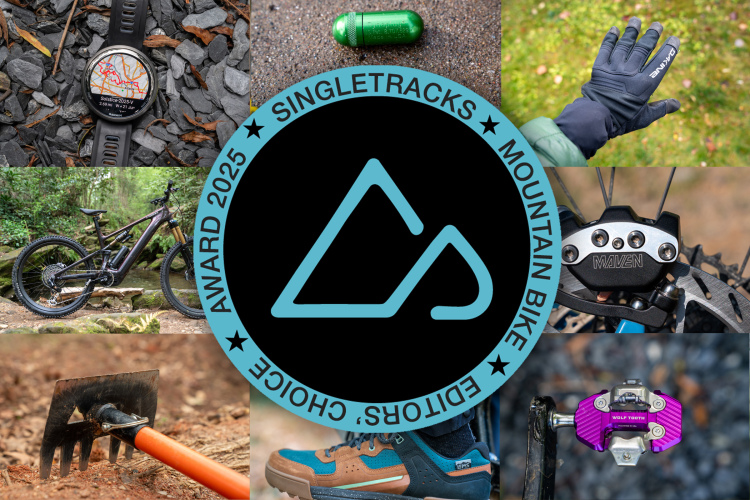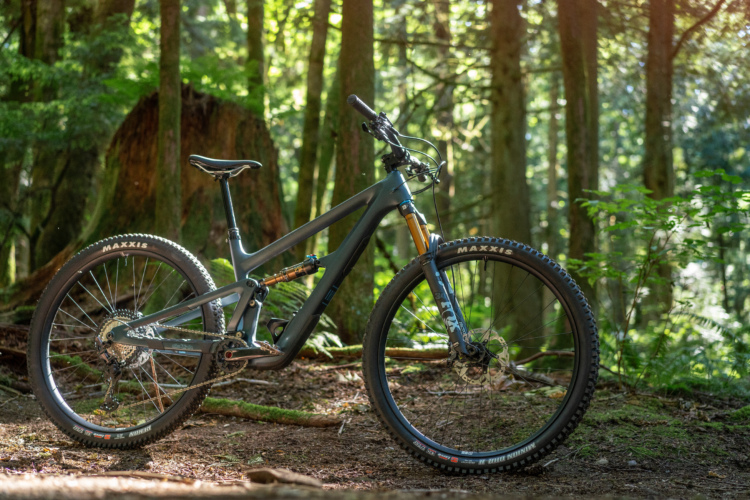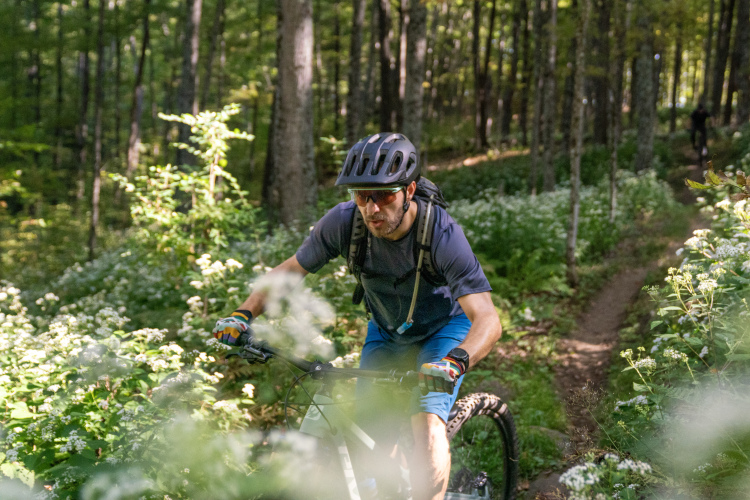
Every mountain biker remembers their first race vividly. For myself, it was in May of 2013 on a cold, Canadian, snowy weekend. As it was my first downhill event, I had little experience and was a loner on the hill who wound up dead last. It was a good reminder at the time, being a cocky 15-year-old, that there was more to racing than I could comprehend. Over subsequent seasons of racing, I have learned not only riding skills, but how to get the most out of a race weekend. If you are new to downhill racing, or plan to attend your first event shortly, read on to find out valuable tips and tricks that will help you along to the finish line.
1. Arrive Early
One of the best ways to get a great start to your first race is showing up to the venue with plenty of time to spare. This allows you the necessary time to get ready for practice without rushing. While I have shown up right when practice starts, I can attest that it is never a wise decision. In the case of first time racers, it can be especially flustering and stressful. Rather, arrive a couple hours early to find a good parking spot, pick up your race plate, gear up, and prepare your bike. To further cut down on time, preregister online and familiarize yourself with the venue beforehand. Knowing where the washrooms, team pits, and chairlifts are can save you a lot of confusion. Moreover, extra time can also allow you to take a course walk.
2. Inspect the Track
Walking the race track is vital for first time downhill racers. While you may be tempted to go straight for a practice lap on a track you are not familiar with, it is almost guaranteed that things will run more smoothly and safely if you do a course walk. This is due to the obvious fact that you will know what is coming up ahead of you versus riding varied terrain blind. If you want to be even more prepared, select and memorize how you will ride the track. This can include remembering the crucial details of the course, like where easy and hard sections are, and choosing which jumps or features you will commit to riding. If possible, aim to walk from the top of the course to the bottom in one go. Race venues will usually allow you to use the chairlift to get to the top of the track for inspection. If you are unable to walk the course, the best alternative would be to follow another rider down during your first lap.
3. Make Friends
First timers are commonly intimidated by racing, which is expected and natural. A straightforward way to alleviate this nervousness is to make friends with other racers. Luckily enough, mountain bikers are among the most sociable and kind people out there. A simple “hey, how’s it going?” will be enough to strike up conversation. After doing so, you will find that other, more experienced racers are full of helpful tips. I have personally learned many things from fellow racers during my first few events, such as bike setup advice, and pointers on how to ride sections of the race track better. Not to mention, if you happen to have mechanical problems, newly-made acquaintances will be happy to assist. In some cases, you may even be granted access to team pits. This can be very beneficial in the case of a badly broken bike, and it will allow you to meet other racers and mechanics.
4. Pace Yourself
One mistake that I committed frequently during races was to take an excessive amount of practice laps of the course. While practice makes perfect, our bodies can only take so much abuse before we start to become fatigued and weak. In the case of racing, “quality over quantity” is the phrase you want to remember. You want to pace yourself through practice leading up to your final race run. This can be done by spreading out your laps evenly, taking adequate rest breaks between them, and above all listening to your body. Regardless, there is no magic number for how many practice laps you should take. If you are getting tired to the point where you are riding sloppy or dangerously, that is a good indicator you have reached your capacity for the day.
5. Have Fun During Your Race Run!
Despite taking the proper steps to race properly and efficiently, the most important thing for first time racers to do is have fun! Making sure that you enjoy the riding, scenery, track, and the company of other people will all lead you to have an outstanding race experience. Results are the absolute last thing first timers should be concerned over, as learning to race fast is a dynamic process that takes time to achieve. In the end, soaking up the fun and entertainment of your first downhill race will lead you to fall in love with the sport.
Happy racing everyone!














0 Comments